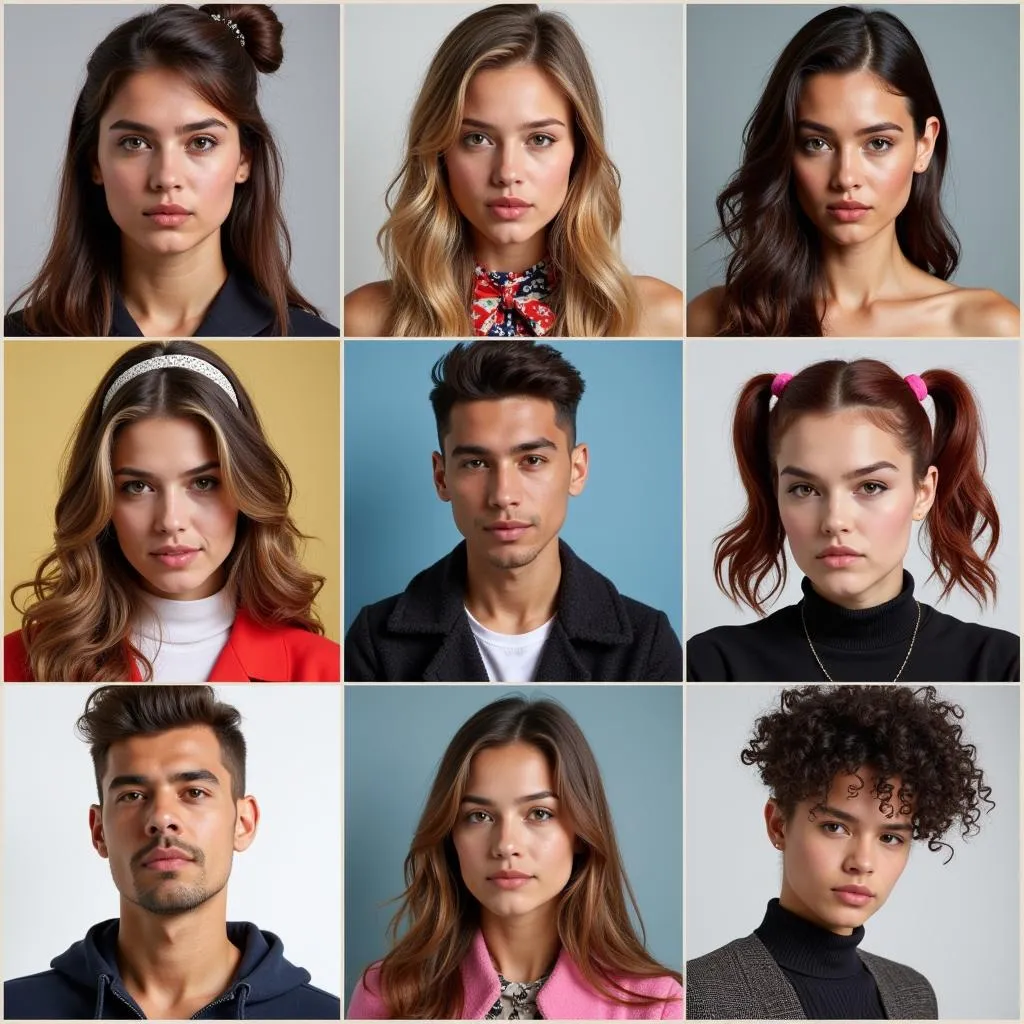Human sexuality diversity is a complex and multifaceted topic that has garnered increasing attention in contemporary society. This exploration delves into the diverse spectrum of human sexualities, drawing upon APA (American Psychological Association) guidelines to provide an accurate and respectful understanding of this evolving landscape.
Understanding Human Sexuality Diversity
 The Diverse Spectrum of Human Sexuality
The Diverse Spectrum of Human Sexuality
Historically, societal norms often presented a binary view of sexuality, encompassing only heterosexuality and homosexuality. However, contemporary understanding recognizes that human sexuality exists on a continuum, encompassing a wide range of sexual orientations, gender identities, and expressions. The APA defines sexual orientation as “an enduring pattern of emotional, romantic, and/or sexual attractions to men, women, or both sexes.” This definition underscores the multifaceted nature of attraction and acknowledges the diversity within each orientation.
Key Dimensions of Human Sexuality Diversity
Sexual Orientation
Sexual orientation encompasses an individual’s enduring emotional, romantic, or sexual attraction to others. Some common sexual orientations include:
- Heterosexual: Attraction to the opposite gender.
- Homosexual: Attraction to the same gender.
- Bisexual: Attraction to both men and women.
- Pansexual: Attraction to people regardless of gender identity or expression.
- Asexual: A lack of sexual attraction to others.
Gender Identity
Gender identity refers to an individual’s deeply held sense of their own gender, which may or may not align with the sex they were assigned at birth.
- Cisgender: Gender identity aligns with assigned sex at birth.
- Transgender: Gender identity differs from assigned sex at birth.
- Non-binary: Gender identity falls outside the traditional binary categories of male and female.
Gender Expression
Gender expression refers to the ways in which individuals outwardly express their gender identity through clothing, behavior, mannerisms, and other characteristics.
 Diverse Expressions of Gender Identity
Diverse Expressions of Gender Identity
The Impact of Societal Norms
Societal norms and cultural beliefs significantly influence how individuals perceive and experience their own sexuality and gender identity. In many societies, heteronormativity—the assumption that heterosexuality is the default or preferred sexual orientation—persists, leading to prejudice and discrimination against individuals who do not conform to these norms.
Promoting Inclusivity and Understanding
Creating a more inclusive and accepting society requires challenging biases, fostering empathy, and promoting accurate information about human sexuality diversity. The APA plays a crucial role in advancing understanding and advocating for the rights and well-being of LGBTQ+ individuals.
Conclusion
Understanding human sexuality diversity is essential for fostering a more just and equitable society. By embracing the full spectrum of human experiences, we create a world where individuals feel safe, accepted, and celebrated for who they are.
FAQs
1. What is the difference between sexual orientation and gender identity?
Sexual orientation refers to who a person is attracted to, while gender identity refers to a person’s internal sense of their own gender.
2. How can I be more supportive of LGBTQ+ individuals?
Educate yourself about LGBTQ+ issues, listen to their experiences, and challenge discriminatory language and behavior.
3. Where can I find accurate information about human sexuality diversity?
The American Psychological Association (APA) and other reputable organizations provide valuable resources and information.
4. Why is it important to understand and respect human sexuality diversity?
Respecting diversity fosters inclusivity, promotes equality, and creates a more just and compassionate society.
Need Help?
For support and assistance, please contact us:
Hotline: 02043854663
Email: [email protected]
Address: Khu 34, Bắc Giang, 260000, Việt Nam
Our dedicated team is available 24/7 to provide guidance and support.